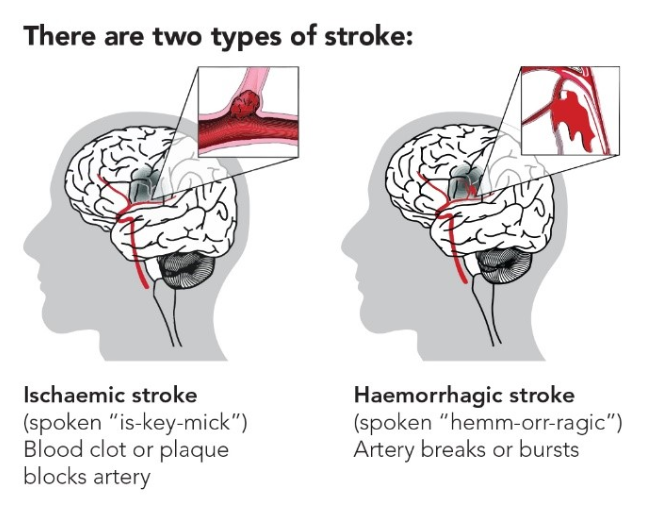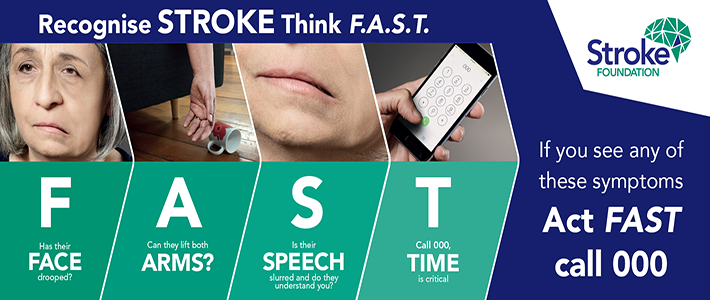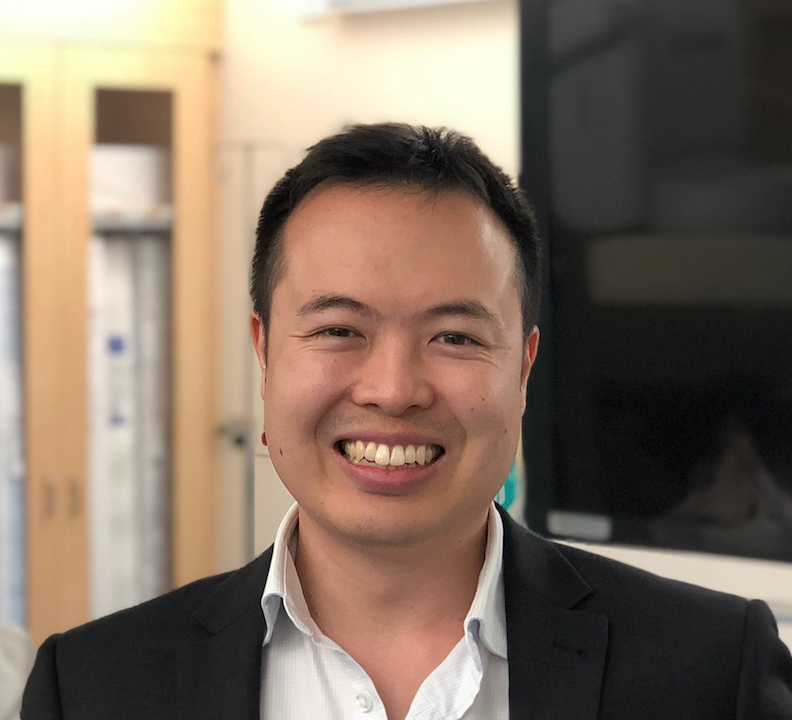Understanding stroke
By Stroke Foundation Clinical Council member Dr Timothy Ang
Chances are you or someone you know has been impacted by stroke. One in four people globally will experience a stroke and there is one stroke every 19 minutes in Australia.
But what is a stroke and what help is available after stroke? I am here to answer those questions and more.
A stroke happens when a blood clot blocks the oxygen supply to the brain or when a blood vessel in the brain bursts. The brain controls all we do – the way we move, think and feel. Every stroke is different depending on what part of the brain the stroke occurs and how severe it is.
After a stroke, people can experience weakness on one side of the body, difficulties swallowing food or drink, personality and behaviour changes, problems with speech and understanding, vision loss, fatigue, depression, anxiety and sensory issues.
The impact of stroke is also felt by loved ones, many of whom take on a carer role with little time to prepare for the future.
While stroke can cause death or ongoing disability, thanks to medical advancements in recent decades many patients are able to make a good recovery if they are treated quickly.
The truth is, stroke can happen to any of us at any age – even babies in utero can have strokes, however our stroke risk does increase as we get older. Ageing is the most significant non-modifiable risk factor for stroke. In 2018, 71 percent of people who had a stroke were aged 65 and over. The prevalence was highest for those aged 85 or older.
What is a stroke?

Stroke is always a time-critical medical emergency. There are two types of stroke - ischaemic (caused by a blood clot) and haemorrhagic (caused by a burst blood vessel).
When a stroke occurs, the brain is deprived of oxygen and important nutrients. Without oxygen, brain cells immediately start to die at a rate of around 1.9 million a minute. This is why it is vital for stroke to be diagnosed and treated early.
A transient ischaemic attack (TIA) presents in the same way as a stroke, but the signs may only be present for a few minutes. This is not something to be ignored. After a TIA your risk of a stroke is higher. A TIA is a warning that you may have a stroke and it is an opportunity to prevent this from happening.
Four in 10 survivors of stroke will go on to experience recurrent stroke within a decade.
Are you at risk?
Stroke strikes in an instant and can change lives forever. Men tend to have strokes at a younger age. Between the ages of 65 and 84, the percentage of men having strokes is greater than the percentage of women having strokes.There are a number of risk factors we can’t control. These include:
-
Age (the incidence of stroke doubles for each decade after 55 years of age)
-
Gender
-
Family history
But the good news is, many risk factors can be managed. These include:
-
High blood pressure
-
High cholesterol
-
Atrial fibrillation (irregular heartbeat)
-
Smoking
-
Obesity
-
Diabetes
-
Stress
Can stroke be prevented?
Most strokes can be prevented. The best place to start to reduce your stroke risk is to have regular health checks with your local doctor. They will check your blood pressure. High blood pressure is the greatest modifiable risk factor for stroke, yet it has no immediate symptoms. Over time, it puts extra stress on blood vessel walls. This can cause them to narrow or break down, increasing the risk of stroke. High blood pressure can be managed through medication and adopting a healthy, active lifestyle.
Stroke risk can also be reduced by lowering cholesterol, avoiding sugary drinks, cutting salt intake, exercising regularly, only drinking alcohol in moderation and not smoking.
The added advantage of taking these steps is reducing your risk of other chronic conditions including heart disease and diabetes.
Recognising a stroke, F.A.S.T.
National Stroke Week (August 2-8) is Stroke Foundation’s annual stroke awareness campaign.
The theme for National Stroke Week in 2021 is United By Stroke, which recognises the health workers who treat and support people with stroke. Stroke Foundation is also encouraging the community to be united by stroke by learning and sharing the F.A.S.T. signs of stroke message. The best way for a person to get to hospital for a brain scan, diagnosis and treatment immediately after symptoms develop is for the most common signs of stroke to be recognised in the first place.
If you suspect a stroke, ask these questions:
-
Face – Check their face. Has their mouth drooped?
-
Arms – Can they lift both arms?
-
Speech – Is their speech slurred? Do they understand you?
-
Time – time is critical. If you see any of these signs call triple zero (000) straight away.
There are some other signs of stroke. For more information visit https://strokefoundation.org.au/About-Stroke/Learn/signs-of-stroke

Rehabilitation
Recovery from stroke is a long journey that continues well beyond the moment a patient leaves hospital. Stroke Foundation has a number of services available to help make that journey easier for survivors of stroke and their families.
My Stroke Journey
My Stroke Journey is a booklet containing everything survivors and carers need to know about stroke to help the transition from hospital to home and onto recovery.
StrokeLine (1800 STROKE)
StrokeLine is staffed by health professionals who provide information and advice on stroke prevention, treatment and recovery.
EnableMe
EnableMe is a website dedicated to helping survivors of stroke with their recovery by connecting them to an online community and providing expert information, videos, podcasts and other resources.
Donate today
Stroke Foundation's mission is to prevent stroke, save lives and enhance recovery. If you would like to donate to support our programs and help survivors of stroke and their families thrive visit https://strokefoundation.org.au/Donate

Image: Dr. Timthony Ang
